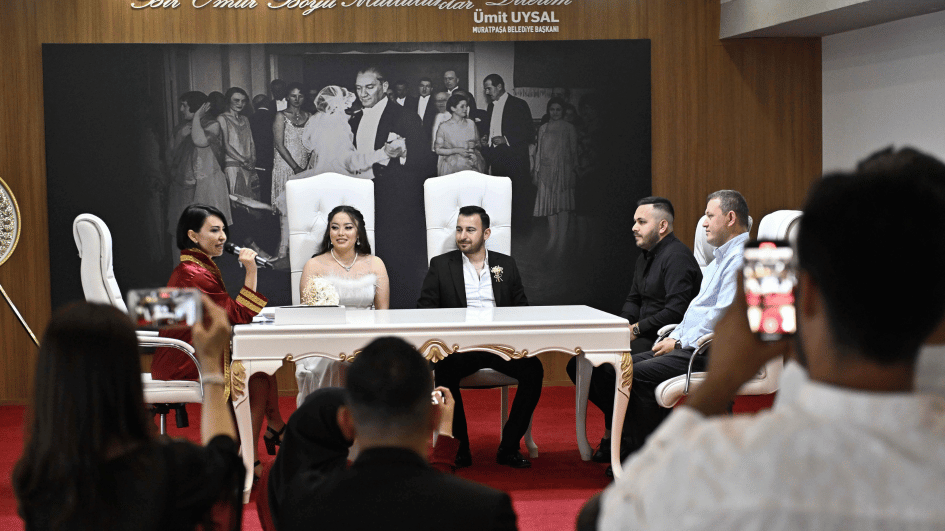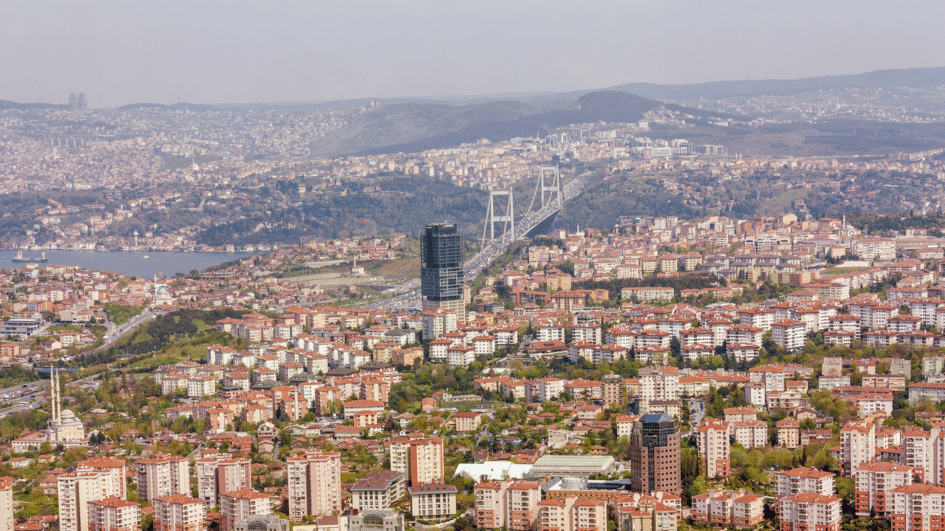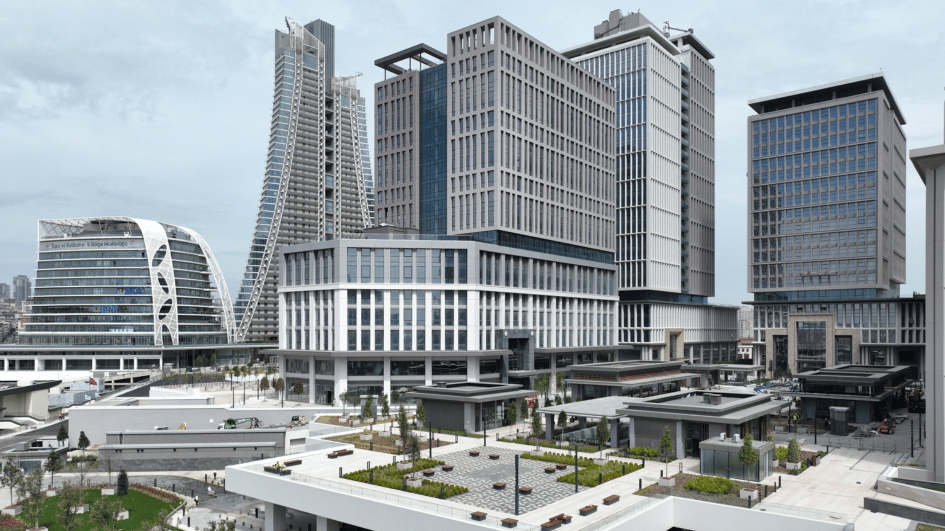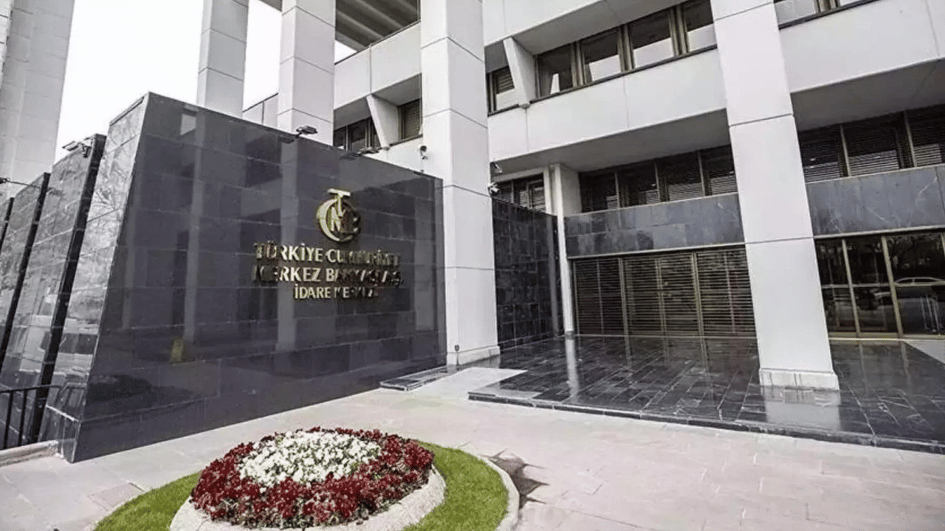Excavation unearths Ottoman-era bath in Istanbul’s Beyoğlu
ISTANBUL
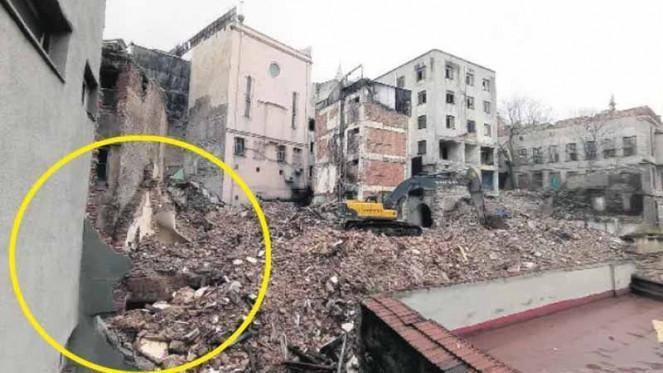
Excavation work at a construction site in İstanbul’s Beyoğlu district has brought to light an Ottoman-era bath.
Construction teams were working to remove the debris of a 200-year old building, once used as a brothel and recently demolished under the Beyoğlu Culture Road Project, to create a cultural center on its very site, when Experts overseeing the demolishing work spotted a red-bricked structure.
They believe that the unearthed structure is a 200 to 300-year-old Ottman bath (hammam) and that the demolished building was constructed on it.
At the same spot, experts are also working to protect the walls of a synagogue adjacent to the demolished building. The synagogue was built in the early 1900s.
Experts say that more findings dating back centuries ago may be unearthed during the ongoing excavation works.
As part of the Beyoğlu Culture Road Project, more than 40 buildings, which were built some 60 to 70 years ago and served as brothels for years, have been demolished in three streets, namely Zürafa, Kadem and Alageyik, on the historical Galata quarter. Those streets will turn into cultural venues.
The brothels on those streets were closed two years ago in the wake of the COVID-19 pandemic. During the demolishing work, personal items such as clothes, IDs and shoes belonging to women who worked there were also found and collected by the Beyoğlu Municipality to protect the privacy of those sex workers, according to daily Milliyet.
Some notebooks, which kept the record of how much money each sex worker made, were also discovered. The daily reported that still some people, unaware of the current developments, come to those streets and ask about where sex workers have gone.


